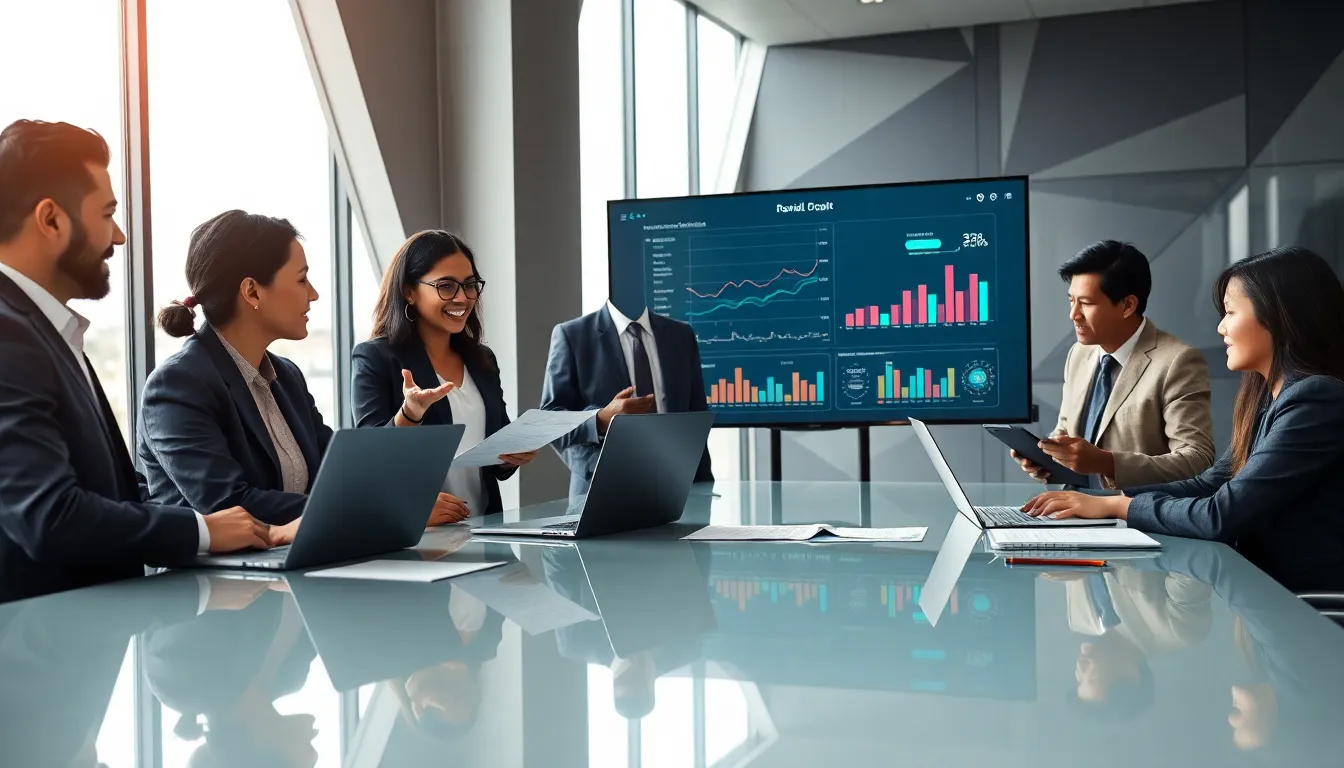Imagine a world where every decision is made based on data, intuition, and some serious trend-spotting skills. Welcome to the fascinating universe of desidrosw. If you’re scratching your head and wondering what on earth that is, don’t worry: you’re not alone. Today, we’re diving deep into this emerging concept that’s changing the game in various sectors, bridging the gap between technology and sustainability. Ready to unravel the mysteries of desidrosw? Let’s get rolling.
Desidrosw

Desidrosw is not just a fancy term thrown around in academic circles: it represents a paradigm shift in how decisions are made using sophisticated algorithms and a robust understanding of data. The concept revolves around the use of detailed analytics and visual storytelling to comprehend complex scenarios. In essence, desidrosw merges decentralized data with real-time insights, empowering individuals and organizations to make proactive choices. This methodology stands at the intersection of information theory and problem-solving, where the aim is to turn a mountain of data into actionable wisdom.
Historical Context of Desidrosw
The roots of desidrosw can be traced back to the evolution of data analytics. From the humble beginnings of statistical methods in the 18th century to the rise of big data in the early 21st century, the journey has been remarkable. In its infancy, data analysis was primarily about crunching numbers and creating reports. Fast forward to the digital age, and desidrosw takes center stage as businesses look to derive meaningful insights from vast and often chaotic data pools. The historical context reveals an ongoing trend towards increasingly complex but necessary methodologies, reflecting society’s growing appetite for data-driven decision-making.
Key Features and Characteristics
Desidrosw possesses several key characteristics that set it apart from conventional decision-making approaches:
- Data Centralization: By centralizing data from disparate sources, desidrosw enables a comprehensive view that is crucial for making informed decisions.
- Real-Time Analytics: The capacity to analyze data in real-time is invaluable. Organizations can react promptly to market fluctuations, consumer behavior, and operational challenges.
- User-Friendly Visualizations: Information is most useful when presented clearly. Desidrosw prioritizes visualization, allowing stakeholders to grasp complex information quickly.
Applications of Desidrosw in Various Fields
Desidrosw finds applications across numerous fields, enhancing performance and productivity. In healthcare, for example, it aids in predicting patient outcomes by analyzing vast datasets from clinical studies. Similarly, in finance, traders leverage desidrosw to interpret market conditions and forecast trends.
Desidrosw in Technology and Innovation
Technology companies are at the forefront of adopting desidrosw. In software development, for instance, real-time data insights allow teams to pivot strategies quickly based on user feedback and engagement metrics, resulting in more successful product launches.
Desidrosw in Environmental Sustainability
The impact of desidrosw extends into environmental sustainability as well. By harnessing data analytics, organizations can make eco-friendly choices, tracking emissions, optimizing resource use, and improving supply chain efficiency. In a world increasingly focused on sustainability, desidrosw serves as a guiding framework.
Challenges and Considerations
While desidrosw offers transformative benefits, it also comes with its own set of challenges. The overwhelming amount of data available can lead to analysis paralysis if not managed effectively. Also, ensuring data quality and integrity is critical: poor data can result in misinformed decisions, creating ripple effects across organizations. Also, there’s the ever-looming challenge of cybersecurity. Securing sensitive data against unauthorized access is paramount, particularly as reliance on desidrosw grows.
Future Trends in Desidrosw
Looking ahead, desidrosw is poised to evolve dramatically. The integration of artificial intelligence and machine learning will likely play a significant role in enhancing its capabilities. As algorithms become more sophisticated, we can expect even deeper insights to emerge from data analysis. Besides, there’s a growing trend towards decentralization in data governance, meaning stakeholders will have greater control over their data without compromising security. This democratization of data will empower smaller organizations, leveling the playing field in various industries.







